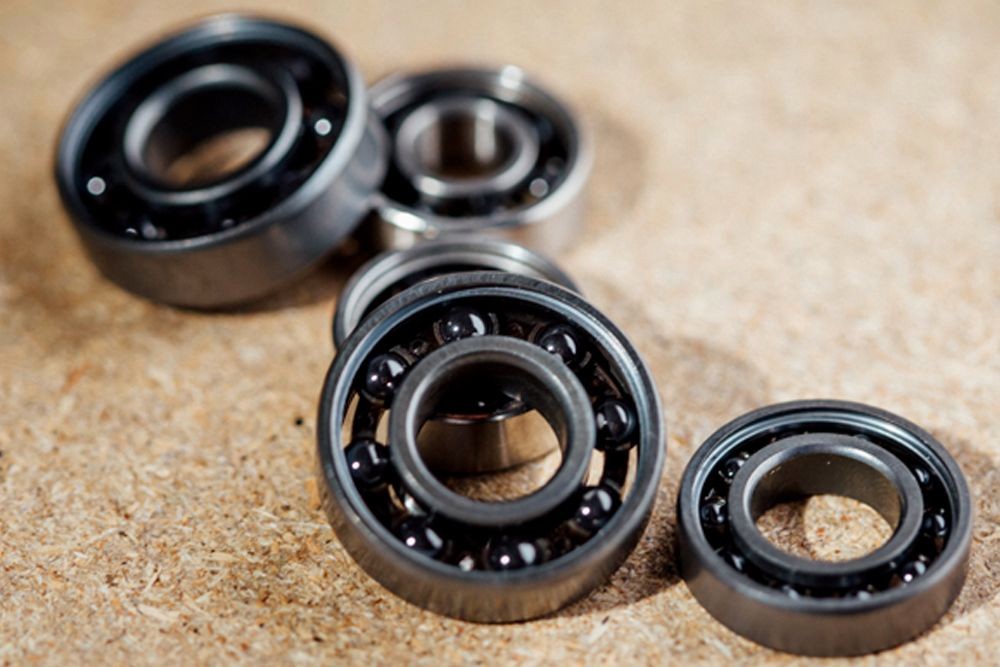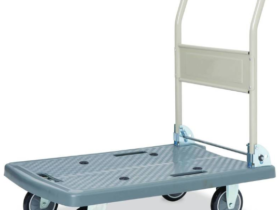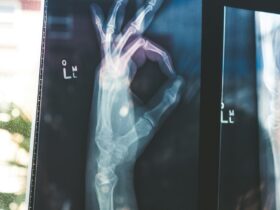Ceramic microstructures take use of the covalent bonding that occurs naturally among nonmetal components. They must share electrons if this is the case. The collaboration of the atoms that make up a ceramic material leads in the generation of a very strong attractive force, which gives ceramics a variety of benefits over metals.
In many cases, the elastic, also called Young’s modulus, and hardness of these materials are exceptional (70–90 HRc). Additionally to being resistant to shape change under strain, they offer superior wear qualities.
Special Ideas for You
The ceramic bearings may be run without any additional lubrication. This is due to the lack of micro-welding in ceramic materials. Microwelding may occur when surface imperfections on the rolling element and raceway cause an electric arc to form. This kind of welding is most often used while constructing anything out of metal. The bearing’s surface deteriorates and its useful life is drastically shortened as a consequence. Ceramic materials are unaffected by this issue, hence they may be employed in many situations where lubricants are not present.
Consistent behaviour at high temperatures is an indication of little thermal expansion. The amount of energy needed to expand a covalent bond is substantially more than the amount of energy needed to expand a metallic ionic bond.
Ceramics are an inorganic substance that can’t be melted or forged as metals can. They don’t rust as metal does when exposed to water and other potentially damaging things. They are very resistant to corrosion, therefore they function effectively in wet and chemically reactive environments.
- The low density of several types of technical ceramics allows for higher bearing speeds. Low centripetal forces and less friction make these benefits achievable.
- The lack of free electrons in ceramics is what makes them excellent insulators and non-magnetic.
- Three of the most prevalent ceramic bearing materials are silicon nitride, zirconia, and silicon carbide.
- With its excellent strength and creep resistance, Silicon Nitride also provides protection against oxidation. It can sustain greater temperatures than most metals, and it is more resistant to thermal shock than most ceramics because of its low thermal expansion coefficient.
For high-speed, low-pressure uses, Silicon Nitride is ideal. The colour of this material is black. Compared to regular steel, it’s 58% lighter, which means less centrifugal force is generated during rolling. This leads to a substantial extension of the period before the user experiences significant weariness. When compared to other ceramics, Silicon Nitride can support stresses on par with bearing steel. However, because of its exceptional hardness, Silicon Nitride is incompatible with any shock-loading applications where the race design is being implemented.
Bearings Produced, for Instance, from Silicon Nitride
During the 1960s and 1970s, zirconia (also known as ZrO2) was developed as a thermal barrier that might be placed to the space shuttle’s outer tiles. The shuttle’s thermal shield would save it from exploding when it re-entered the Earth’s atmosphere. Since then, zirconia has surpassed all other materials when extreme heat and corrosion resistance are required. There is no other ceramic material that even comes close to matching the density and thermal expansion of steel like zirconia. Therefore, zirconia does not provide the same weight savings or durability to thermal stress as other ceramic materials. Zirconia, on the other hand, has an exceptionally high fracture toughness in comparison to Silicon Nitride and Silicon Carbide. Zirconia is almost invisible in any light.










